Collection
Theme
Country
- India (slavery location)
- North Korea (trafficked from)
- China (slavery location)
- United Kingdom (slavery location)
- Afghanistan (slavery location) 20 More
Date
Type
33 results
VOICES: Narratives by Survivors of Modern Slavery
This is the world's largest archive of modern slavery survivor narratives. Across more than a million words spoken or written by survivors of modern slavery, we can see why slavery persists in particular hotspots, analyse patterns in trafficking routes, identify vulnerabilities, understand more about the challenges survivors face in liberation, and discover new antislavery solutions. These narratives offer the chance to systematically design new antislavery strategies based on the experiences, ideas and solutions of enslaved people themselves.
The database is searchable by country, name, theme, and narrative date. Narratives can be viewed in list or map form. A short introduction provides context to each narrative. Narrative provenance appears after the main narrative text.
For ideas on how to use this database, please see our accompanying guide.
Project Lead: Zoe Trodd. Team Members: Andrea Nicholson, Lauren Eglen, Rosemary Pearce, Olivia Wright.
Project Funders: AHRC Antislavery Usable Past grant (2014-19), ESRC/AHRC PaCCS Modern Slavery: Meaning and Measurement grant (2016-19), and AHRC-GCRF Antislavery Knowledge Network grant (2017-2021).
For any queries about the collection please contact: [email protected]. If you wish to cite a particular narrative, please acknowledge the survivor’s name, the provenance of the narrative and cite: Voices Database, the Rights Lab, University of Nottingham.

Pramilla
Experts estimate millions of women and children are victims of sex trafficking in India. Traffickers use false promises of employment or arrange sham marriages in India or Gulf States and subject women and girls to sex trafficking. In addition to traditional red light districts, women and children…

Siti
Foreign workers constitute more than 20 percent of the Malaysian workforce and typically migrate voluntarily—often illegally—to Malaysia from Bangladesh, India, Nepal, Burma, Indonesia, the Philippines, and other Southeast Asian countries, mostly in pursuit of better economic opportunities. Some…
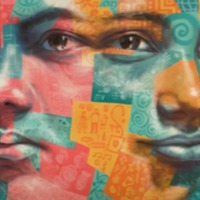
Ah Jing
Ah Jing’s parents were arrested for practising Falun Gong when she was seven or eight years old. In China she had been homeless, fending for herself, earning a meagre living trading scrap paper, cardboard, cans, bottles, jars and books. When she was 16, she borrowed some money from some snakeheads…
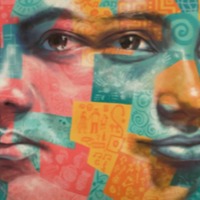
Ah Wang
Ah Wang left China when he was 28, seven years ago. His wife stayed behind while he saw what life was like in the UK. He was misled by the snakeheads arranging his trip, and faced a difficult journey. Ah Wang travelled across countries by car but ‘needed to climb mountains when entering the…

Bukola Oriola (Narrative 2)
There are an estimated 403,000 people living in conditions of modern slavery in the United States (GSI 2018). The US attracts migrants and refugees who are particularly at risk of vulnerability to human trafficking. Trafficking victims often responding to fraudulent offers of employment in the US…
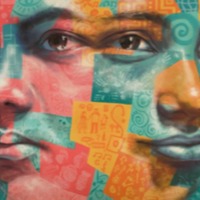
Mbarek B
There are an estimated 90,000 people living in modern slavey in Mauritania (GSI 2018). Mauritania is one of the last countries in the world where people are still born into hereditary slavery, which means they are literally owned by other people, and forced to work for masters their entire lives.…
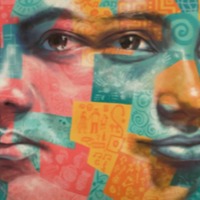
Bilal
There are an estimated 90,000 people living in modern slavey in Mauritania (GSI 2018). Mauritania is one of the last countries in the world where people are still born into hereditary slavery, which means they are literally owned by other people, and forced to work for masters their entire lives.…
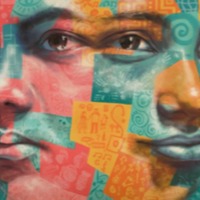
Shin Dong Hyuk (Narrative 2)
The Global Slavery Index 2018 estimates that there are 2,640,000 people living in conditions of modern slavery in The Democratic People’s Republic of Korea (North Korea). Men, women and children are subjected to forced labour and sex trafficking. Government oppression in the DPRK prompts many…
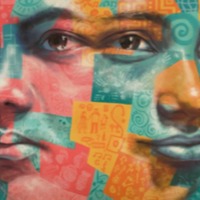
Y
There are an estimated 136,000 people living on conditions of modern slavery in the United Kingdom (Global Slavery Index 2018). According to the 2017 annual figures provided by the National Crime Agency, 5, 145 potential victims of modern slavery were referred through the National Referral Mechanism…
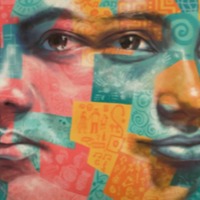
Tehani
There are an estimated 85,000 people living in modern slavery in Yemen (GSI 2018). Young girls are subjected to child forced marriage, with UNICEF estimating 32% of girls being married before the age of 18. There is currently no legal age of marriage in Yemen and poverty, the practice of dowry and…
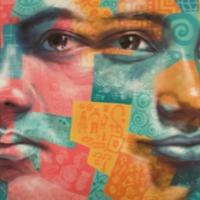
Elsa B
The Global Slavery Index 2018 estimates than there are 749,000 people living in conditions of modern slavery in Afghanistan. Women and children are subjected to sex trafficking within the country and those who pay intermediaries to assist in finding employment, either in Afghanistan or primarily in…

Moe
Within Burma, some military personnel, civilian brokers, border guard officials and ethnic armed group continue to recruit or use child solders. In some cases, recruiters use deception, offering incentives or coercing children or their families through false promises about working conditions,…

Saw Htoo
Within Burma, some military personnel, civilian brokers, border guard officials and ethnic armed group continue to recruit or use child solders. In some cases, recruiters use deception, offering incentives or coercing children or their families through false promises about working conditions,…